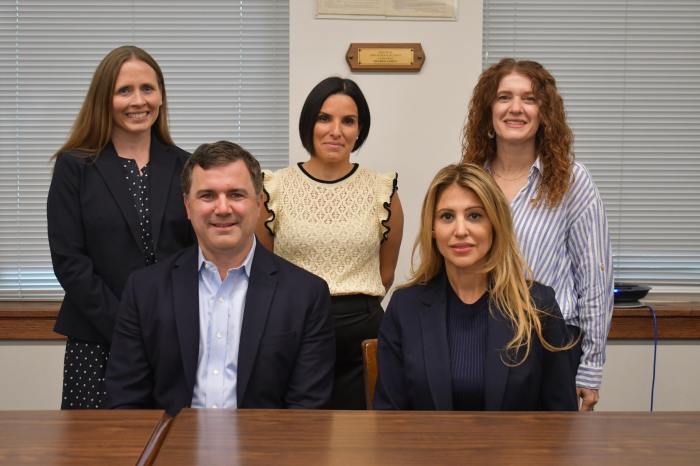
The Port Washington School Board is looking at updates to all seven of its schools under an energy efficiency program that would require a $5.6 million outlay over 15 years that the state would pay part of, and that is promised to pay for itself in about 17 years.
The payback is designed to come from energy savings the schools see once the project is complete. The school would have to borrow the money for the project, with the state Education Department paying about 19% of the project’s cost.
There would be no increase in taxes because the money is already in the budget for gas, oil and electricity and those funds, which there would be less need for because of the energy cost savings, would be used to pay the debt, administrators said.
School Board members last week heard a presentation from environmental engineering firm Johnson Controls about the project and were told the company would pay the school district the difference if the project did not pay for itself.
Kieran Moran of Johnson Controls also said once the 17-year payback period is complete, the school district would gain $300,000 annually from the cost savings.
Board members took no action, but the matter will come up again since many of the measures are needed given the schools’ ages and the benefit of considerable energy savings the project carries.
If the project as presented is approved soon, the lion’s share of the work would take place in the summer of 2015, Moran said.
Some of the energy efficiency measures include installing a small number of solar panels at Schreiber High School, water conservation measures, refurbishment of freezers in Schreiber, and unit ventilators for Weber Middle School and Schreiber.
Moran also spoke of a system that would monitor the temperatures in classrooms, allow the school to gauge computer use, so the devices could be turned off if not engaged, and make temperature changes throughout the buildings remotely.
The project would be Phase II of an energy performance upgrade that the school district has undertaken. Phase I took place around 2005, and was about half the size of the current one. Phase I initiatives included major window work and, at some of the schools, light ballasts that use less energy.

































